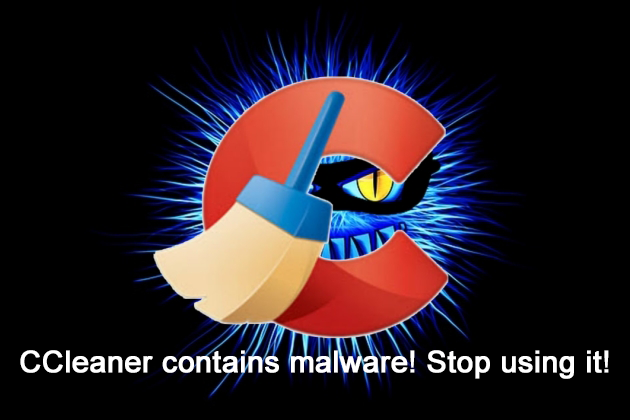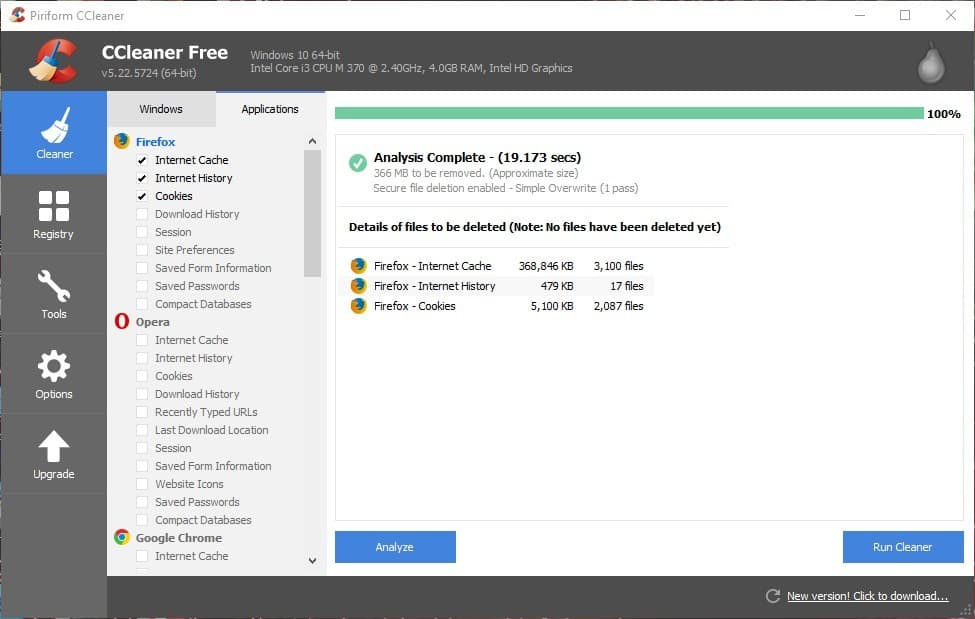

Other applications including multimedia players and Microsoft Office also leave traces. These traces or remnants aren’t limited to web browsers. Cached files make it easier to browse sites without downloading files multiple times.Cookies allow you to tell a browser you’ve seen a certain option (like this site’s banner that says we use cookies).Web history allows you to find a site you couldn’t remember.These remnants vary based on which web browser or application you use, but often include cookies, temp files, typed web addresses, history and so on.Īs you can guess, there is a trade-off between convenience and privacy. Today, more people are questioning what gets left behind by their browser. Back then, it was difficult to remove certain files such as index.dat, which was used by Internet Explorer. One of the main reasons I was drawn to CCleaner in 2006 was because of privacy. Pin Windows Disk Cleanup tool Convenience and Privacy

However, this utility is produced by the same folks who make the operating system, so I have a high degree of trust. In contrast, my Windows program tends to group files in more generic categories. Throughout the program, you’ll see examples where you’re given options such as analyzing files first or backing up your registry. As with any system utility, it is easy to do something you didn’t intend. The two actions of Analyze and Run Cleaner also show some of the safety features of the program. From there, I can select to Analyze or Run Cleaner. I can simply check which items CCleaner should explore. The first tab is for Windows, my operating system, and the second is for Applications I have on the PC.
#Ccleaner malware check Pc#
To the right, I have two tabs indicating areas of my PC to clean. In the screen snap above, I’m using the Cleaner section.

The items to the right are items specific to that area. The program still includes a pleasant interface that lays out tasks in a nice manner that works well for both beginners and advanced users.Īlong the far-left column, you have a series of large icons representing the three major areas: Cleaner, Registry and Tools.
#Ccleaner malware check software#
While it’s nice to have multiple platforms, I like that the software hasn’t gotten away from its roots and added unnecessary features and complexity. Since the time of my initial review, there have been many changes including: CCleaner consolidates many of these tools. There is overlap between the tools, but I think the differences come down to ease of use and control. For example, Windows comes bundled with its own disk cleanup tool as does Google Chrome. Typically, operating systems and browsers come with their own set of cleanup tools. However, it is not a malware or virus scanner. It’s not just limited to removing bloatware.
#Ccleaner malware check install#
Some of the more descriptive fans refer to it as a “crap cleaner” because it removes many unwanted files and programs that PC vendors used to install on your systems. They describe the program as a system optimization tool. This is a free utility produced by Piriform, a software firm based in London, UK.

However, my appreciation for the software remains strong. I find outdated software reviews don’t have much value, especially with old screenshots. The reason I placed the original review in my revisions folder was I knew the software had changed. Tools Icon: Familiar Utilities and More.


 0 kommentar(er)
0 kommentar(er)
